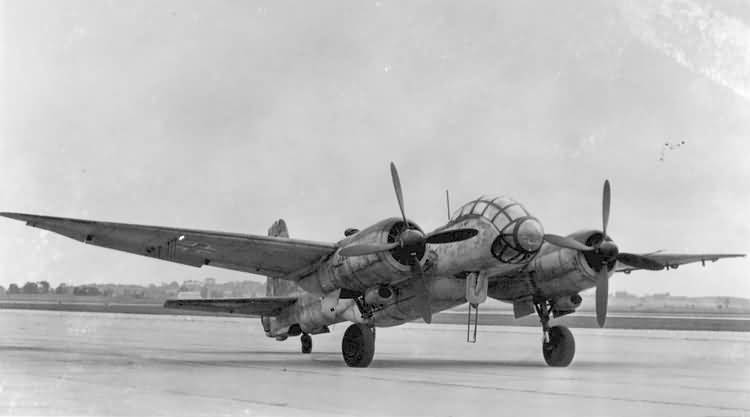There are some late war examples of high altitude aircraft, such as modified Spitfires, Mosquitos, and the Ju-388, recorded at altitudes around 45,000ft, but why was nothing purpose built for high altitude reconnaissance for missions above 50,000ft?
Given the tech of the day, it certainly seems like it was possible to design a high aspect wing, piston powered aircraft with a P-47 like "turbosupercharger" or even an auxiliary powered supercharger à la Grob Strato 2C.

Given the tech of the day, it certainly seems like it was possible to design a high aspect wing, piston powered aircraft with a P-47 like "turbosupercharger" or even an auxiliary powered supercharger à la Grob Strato 2C.


